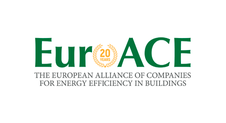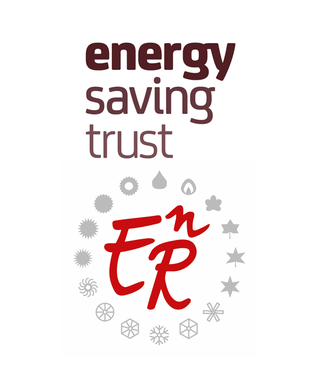Search eceee proceedings
Smart and sustainable, fast and slow
Panel: 5. Smart and sustainable communities
This is a peer-reviewed paper.
Author:
Sarah Darby, ECI - Energy Group. Environmental Change Institute, University of Oxford, United Kingdom
Abstract
The ‘smart energy solution’ concept is a powerful one, implying rapid, smooth processes and results, with technology in the driving seat. Sustainable communities, by contrast, are works in progress: they require people to develop, maintain and adapt infrastructures, processes and governance over long periods.
As the need to stabilise Earth’s climate becomes more and more urgent, the appeal of ‘quick fixes’ grows. But smart solutions are rarely as quick and straightforward as they appear in blueprints. Even in completely new settlements, fast-changing devices are installed alongside slow-to-change infrastructure elements such as buildings, transport networks, pipes and wires. Actors and organisations who are responsible for building, operating and adapting energy systems will learn and change at varying speeds. Regulations take time to develop and often lag behind operational requirements, hence the need to pay close attention to logistics and flexibility when planning and implementing energy systems. If the systems are designed to be ‘smart’, new types of connectivity add complexity and risk alongside potential control benefits.
The paper outlines two examples of smart energy innovation at different scales: a large-scale demonstration of smart residential storage heating in three contrasting European countries and a project to enable a rural community to gain more value from local solar generation. The first focused on technology and customer experience; the second, on place and community. In each case, the smart technologies took longer than expected to establish, devices and people did surprising things, longstanding rules stood in the way of implementing socio-technical possibilities, and ‘middle actors’ were able to play an important role in negotiating challenges and making it possible for environmental and social benefits to emerge. Fast- and slow-moving processes were taking place at the same time and on at least three levels: regulatory, system-operational and user-operational.
Downloads
Download this paper as pdf: 5-318-19_Darby.pdf
Download this presentation as pdf: 5-318-19_Darby_Presentation.pdf
Panels of
1. The dynamics of limiting (energy) consumption
2. What's next in energy policy?
4. Monitoring and evaluation for greater impact
5. Smart and sustainable communities
7. Make buildings policies great again
8. Buildings: technologies and systems beyond energy efficiency
9. Improving energy efficiency in ICT, appliances and products

























